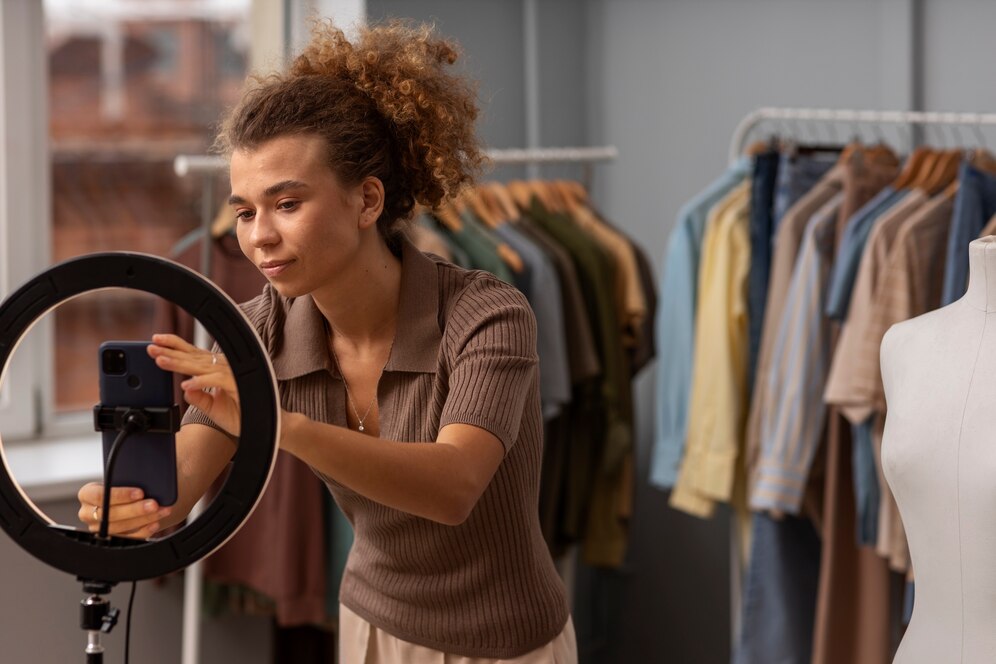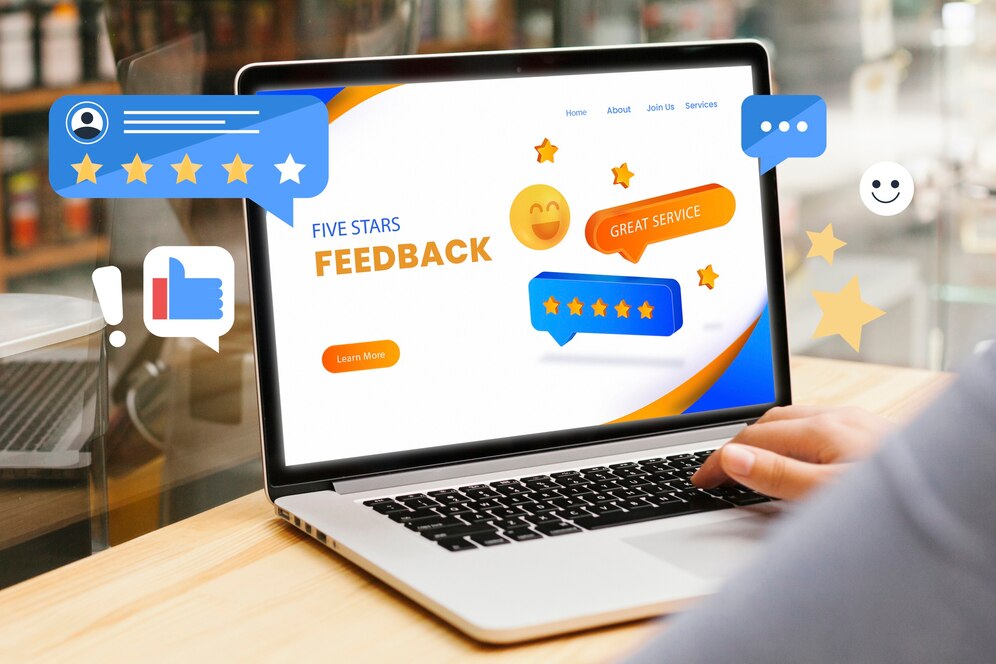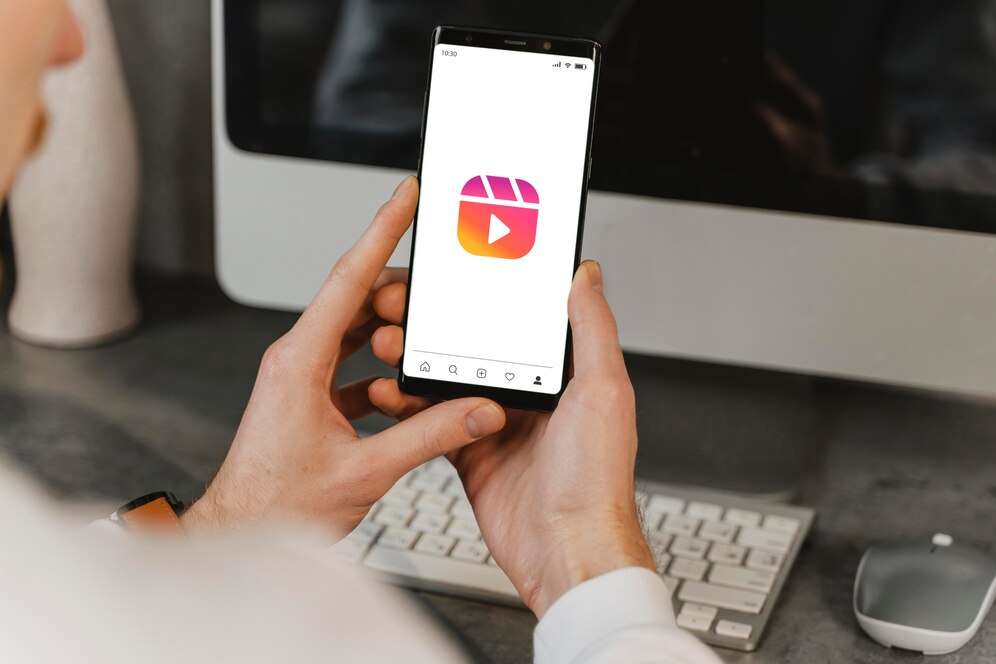
Influencer Marketing in Retail: How to Partner with the Right Influencers
In the digital age, influencers play a crucial role in shaping consumer decisions. Retail influencer marketing is now a top way for brands to boost visibility, increase sales, and gain trust. Retail brands can boost credibility and engagement by partnering with the right influencers. These brand ambassador partnerships create social proof, which helps attract more customers. This guide shows how to spot, work with, and measure the impact of influencer marketing in retail.
1. Understanding Retail Influencer Marketing
Retail influencer marketing means teaming up with social media stars who have loyal fans. They help promote products and services. The key benefits include:
- Increased Brand Awareness: Reaching a larger, targeted audience.
- Higher Engagement: Authentic endorsements lead to better engagement rates.
- Boosted Sales: Influencers can drive direct purchases through affiliate links and promo codes.
- Improved Trust & Credibility: Consumers trust recommendations from influencers they follow.
- SEO Benefits: Influencer-generated content can improve search rankings and organic traffic.
Retailers should pick influencers who share their brand values. This choice boosts authenticity and effectiveness.
2. Identifying the Right Influencers for Your Brand

Selecting the right influencers is crucial for a successful retail influencer marketing strategy. Here’s how to find the perfect match:
a) Types of Influencers
- Mega-Influencers (1M+ followers): High reach but expensive and less personal engagement.
- Macro-Influencers (100K-1M followers): Good reach and credibility.
- Micro-Influencers (10K-100K followers): Niche-specific audiences with high engagement.
- Nano-Influencers (1K-10K followers): Most authentic and cost-effective.
b) Key Factors to Consider
- Relevance: Does the influencer’s niche align with your brand?
- Engagement Rate: How interactive is their audience?
- Authenticity: Do they genuinely use and endorse products?
- Audience Demographics: Do their followers match your target customers?
- Activeness: Are they active on key platforms for your business? Think Instagram, TikTok, or YouTube.
- Content Quality: Are their visuals, videos, and writing engaging and professional?
Retailers can use influencer marketing platforms like Upfluence, AspireIQ, and Heepsy. These tools help find and check influencers easily.
3. Structuring Brand Ambassador Partnerships
A brand ambassador partnership is a long-term deal. Influencers promote a brand regularly. This approach creates sustained engagement and loyalty. To establish a successful partnership:
a) Define Clear Goals
- Increase brand awareness
- Drive in-store or online traffic
- Boost product sales
- Generate user-generated content (UGC)
- Improve brand credibility and trust
b) Collaboration Models
- Sponsored Posts: One-time promotions on an influencer’s platform.
- Affiliate Marketing: Influencers earn a commission on sales.
- Gifting Products: Providing free products in exchange for content.
- Takeovers: Influencers manage your brand’s social media for a day.
- Event Partnerships: Hosting live events with influencers.
- Exclusive Brand Collaborations: Co-branded product lines or limited-edition releases.
- Long-Term Contracts: Establishing influencers as official brand ambassadors.
c) Setting Expectations & Guidelines
- Content guidelines (messaging, hashtags, branding elements)
- Posting frequency and schedule
- Compliance with advertising regulations (e.g., FTC disclosure requirements)
- Performance metrics and success tracking
- Consistency in brand representation across all posts
4. Leveraging Social Proof in Retail

Social proof in retail means people are swayed by what others do and think. Influencer marketing helps retailers build credibility and consumer trust through:
a) User-generated content (UGC)
- Encourage influencers to create authentic, high-quality content.
- Repurpose UGC for brand marketing (ads, website, email campaigns).
- Incentivise customers to post reviews and experiences.
b) Customer Testimonials & Reviews
- Ask influencers to share their personal experiences and honest reviews.
- Feature influencer testimonials on product pages and social media.
- Use influencer-driven case studies to showcase product effectiveness.
c) Limited-Time Offers & Exclusive Collaborations
- Create influencer-exclusive discounts or product bundles.
- Launch limited-edition influencer-designed products.
- Partner with influencers for early product launches and VIP promotions.
d) Viral Campaigns & Challenges
- Develop branded hashtag challenges on platforms like TikTok.
- Incentivize audience participation through giveaways.
- Encourage influencers to start user-generated trend challenges.
- Use contests to increase brand exposure through audience engagement.
5. Measuring the Success of Retail Influencer Campaigns
Tracking performance is essential to optimise future influencer partnerships. Key performance indicators (KPIs) include:
- Engagement Metrics: Likes, comments, shares, and saves.
- Reach & Impressions: How many people viewed the influencer’s content?
- Traffic Generation: Click-through rates (CTR) to your website.
- Conversion Rates: Sales generated from influencer campaigns.
- Follower Growth: Increase in social media followers.
- Return on Investment (ROI): Revenue generated vs. campaign costs.
- Brand Sentiment: Measuring positive or negative feedback from influencer campaigns.
- Content Performance: Analyzing which influencer-generated content performs best.
Retailers can track success using tools like Google Analytics, Bitly for links, and UTM parameters.
6. Best Platforms for Retail Influencer Marketing

Different social media platforms offer unique opportunities for influencer marketing:
- Instagram: Best for visually-driven retail promotions and lifestyle branding.
- TikTok: Ideal for viral campaigns, challenges, and engaging short-form content.
- YouTube: Great for in-depth product reviews, tutorials, and unboxing.
- Facebook: Effective for community-building and sponsored ads.
- Pinterest: Useful for long-term product discovery and retail trends.
- Twitter: Works well for brand conversations, customer engagement, and product launches.
Choosing the right platform depends on your audience and campaign goals.
7. Future Trends in Influencer Marketing for Retail
Retail influencer marketing is evolving, and brands should stay ahead of emerging trends:
- AI-Powered Influencer Discovery: Using AI tools to find the best influencer matches.
- Virtual Influencers: Digital avatars promoting products in the metaverse.
- Live Shopping Events: Influencers hosting real-time shopping experiences.
- Long-Term Brand Ambassadors: Building stronger influencer relationships for sustained impact.
- Sustainability & Ethical Influencing: Collaborating with influencers who promote eco-friendly and socially responsible brands.
Conclusion
Retail influencer marketing is a strong way to boost brand awareness, engage customers, and increase sales. Businesses can create impactful campaigns by forming strong brand ambassador partnerships. They can also use social proof in retail to connect with their audience effectively.
Retailers should build long-term ties with influencers. They need to set clear goals and improve their methods using data insights. When done right, influencer marketing can boost a retail brand’s online presence, customer loyalty, and revenue.
To succeed in the competitive retail landscape, keep up with industry trends. Also, try new influencer marketing tactics.


